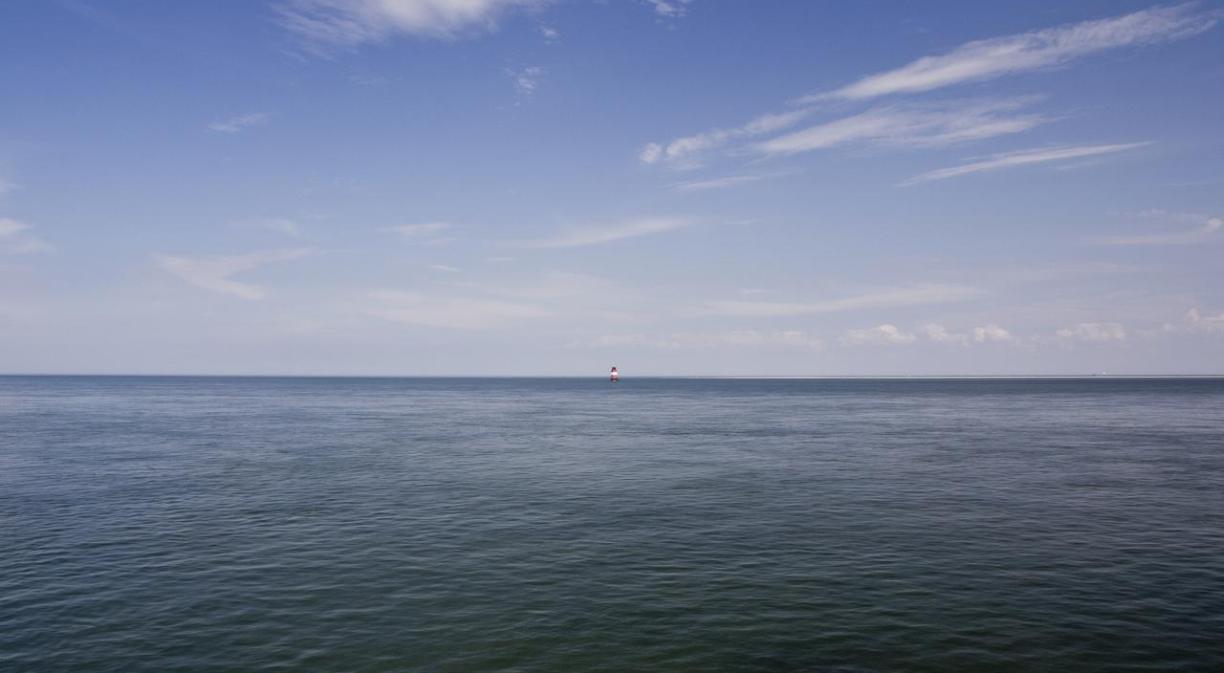Life at sea is exposed to numerous dangers. This was made plain in our minds by the terrible news that recently hit the headlines: the Galician fishing boat Villa de Pitanxo that sank off the coast of Newfoundland, Canada. The frigid Canadian waters and poor weather made the rescue effort extremely difficult. The incident was one of the worst to hit the Galician fishing community since 1978, when an incident aboard the Mabel caused the crew to lose 27 of its 36 members. Some were never found. Now in 2022 the sea has claimed nine lives and twelve of the crew are still missing.
Like its unchanging beauty, danger is a constant in the sea for the men and women who make their living from it. As the World Labour Organisation points out, being a seafarer is one of the riskiest professions around. For this reason, tools such as the Automatic Identification System (AIS) have been implemented for years, the aim of which is to monitor the position of each ship, as if it were a GPS, and to avoid collisions between them. It also offers other information such as the goods being carried or the port of destination, and even weather forecasts.
These systems are combined with other systems, such as the accident locator beacon and digital selective calling. The former emits a digital distress signal that only satellites can receive. The latter is a device that emits a series of data concerning the vessel (it is also found on recreational boats) and provides information about the vessel, e.g. its coordinates, as well as the reason for the call, indicating whether it is a distress call, safety emergency or simply routine.
Cyberpirates also at sea
Years ago, taking advantage of GPS signals, cyberpirates took to the sea. Automatic Identification Systems were subject to cyber-attacks carried out through certain security breaches. Because of these weaknesses detected by the attackers, they were able to falsify information normally broadcast by ships, such as the position of the vessel. These were some of the conclusions of a study conducted by Trend Micro in 2015, which also revealed vulnerabilities associated with the software required by these systems’ installations to broadcast information online.
These security loopholes allowed hackers, among other things, to modify the calculation data between two vessels to avoid possible collisions or to send false distress calls, causing other vessels to do so. Thus, any vessel that came to the distress call to help fell directly into a trap and was attacked.
Above the sky and below the sea: aquatic drones
With the passage of time and the development of new technologies, security systems have improved, bringing new tools to the maritime sector. The use of drones for rescue manoeuvres stands out in this respect, driven by the growth of the market for this type of unmanned craft. Beyond their private use, these vehicles have proved to be very useful working tools, especially in reconnaissance and rescue work. They quickly and safely assess the terrain and conditions of the accidents, without putting anyone at risk, and can take advantage of their ability to reach any area and broadcast data in real time thanks to their connectivity, in order to carry out emergency plans and save lives.
The latest innovation in this field comes from water. Drones now not only take to the skies, but also move through the water. These remotely controlled vehicles can navigate through or dive underwater, are environmentally friendly as they are designed not to discharge toxic substances and are equipped with electric propulsion technologies, among others.
Thanks to the versatility offered by these drones in the water, the Xunta de Galicia has reinforced its Coastguard Service with eight drones, four aerial and four underwater. The aim is to improve rescue tasks as well as safeguard the water quality, as they are capable of detecting marine pollution spots, and are also used for the maintenance of port facilities and moored ships.
The underwater drones acquired by the Galician service can dive to a depth of 200 metres and connect to a smartphone camera for control tasks. Another benefit of incorporating this type of innovation is that it also helps authorities to combat poaching, protecting biodiversity in sensitive areas.
The versatility of drones
The combination of sea and air control forces serve to enhance maritime surveillance efforts, focusing their efforts on pollution control and maritime traffic control. This is the basis of the work carried out by Spanish Maritime Rescue service, part of the Ministry of Transport, Mobility and Urban Agenda, which incorporated several remotely piloted European Maritime Safety Agency (EMSA) aircraft into its team as part of an aerial surveillance programme carried out in 2021. Such programmes also help to protect marine fisheries resources and ensure their sustainable development.
Saving lives is a matter of minutes
There is another type of application for drones at sea that also saves lives. It is a motorised, remote-controlled buoy designed to quickly retrieve sailors who have fallen overboard or swimmers who are having difficulty returning to land. This unmanned vehicle. It is called Usafe and is designed to be used from any type of vessel or infrastructure, such as oil platforms, or even from land. It is very simple to use as it is controlled by a joystick and can save lives, without endangering either the injured person or those who jump to their aid.










